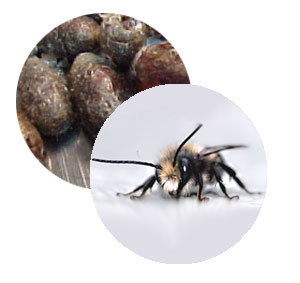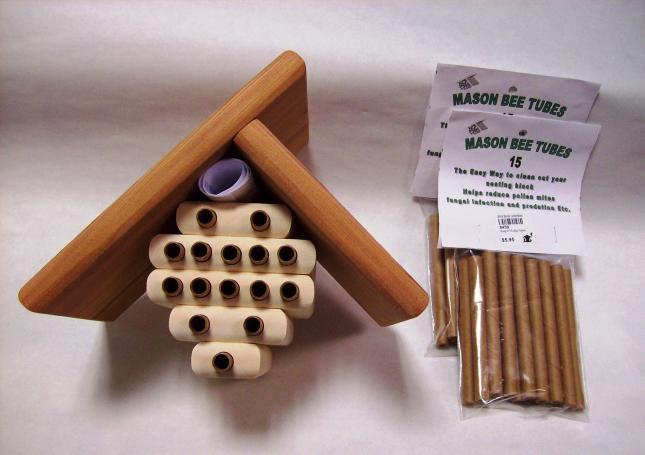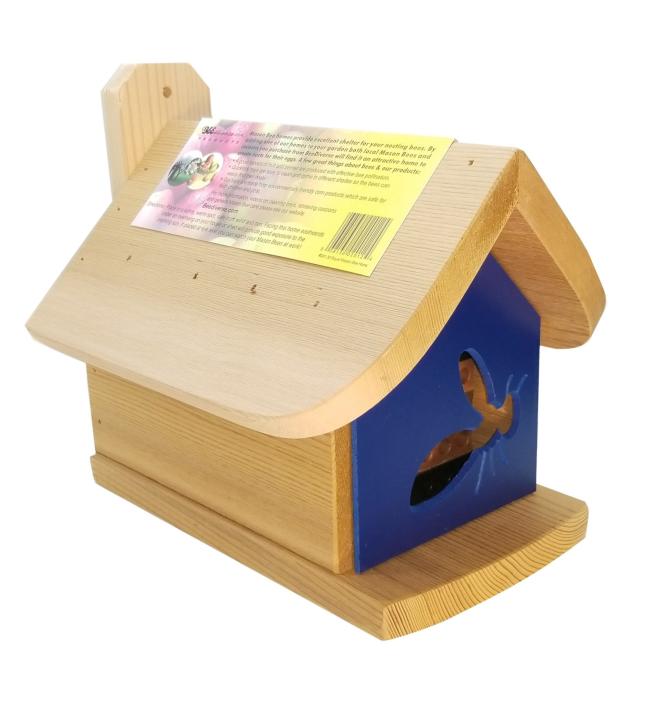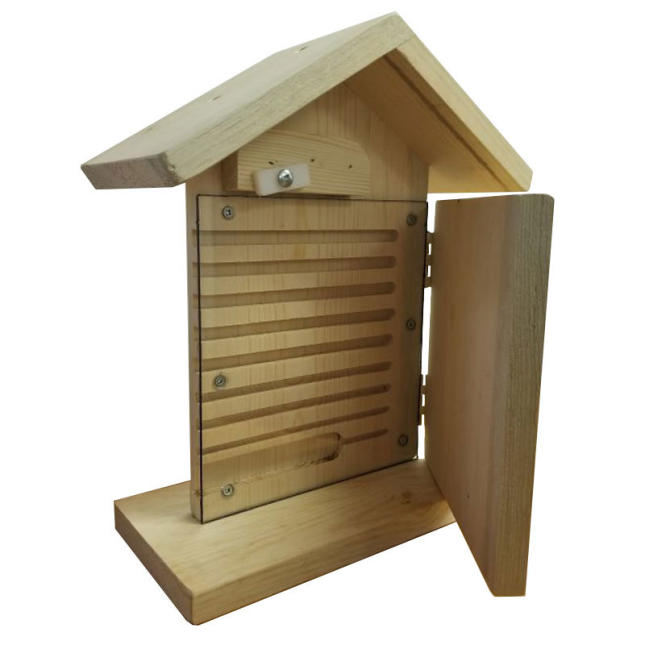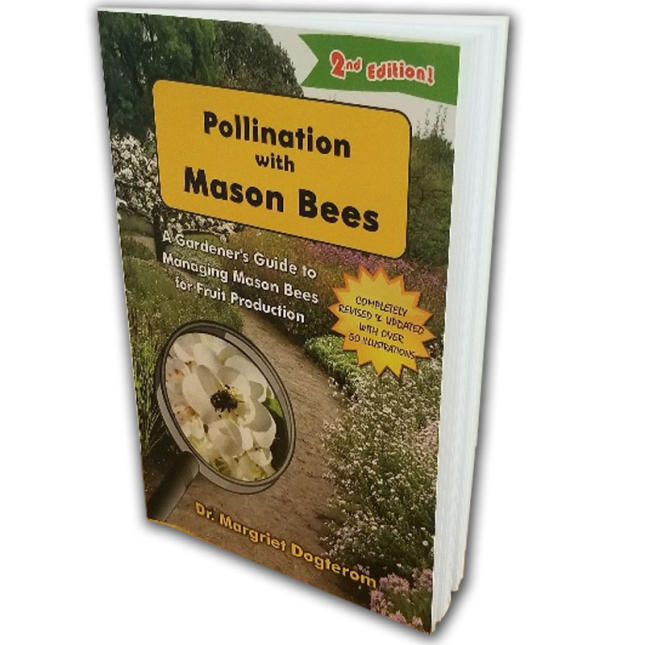Mason Bees in Your Garden
Mason Bee Fun Facts
- Mason bees are a type of solitary bee.
- They are not social and do not form a hive like honey bees.
- The blue orchard mason bee (Osmia lignaria) can be found from British Columbia to Quebec and as far south as California, Oklahoma, and Georgia.
- Mason bees are active in the spring, typically from February to May.
- Female mason bees are larger than males.
- Other than mason bee houses, mason bees nested in a variety of cavities, such as holes created by beetles or woodpeckers in wood, old nail holes, and gaps between cedar shakes on a house.
Mason Bee Requirements
Mason bees require three things to be successful in your garden:
- A nest to lay their eggs
- Food, in the form of nectar and pollen from flowers
- A source of mud
Storing and Releasing Mason Bees
If you want to store your bees over winter, or if you are purchasing cocoons before the mason bee season starts, you can store your cocoons in the fridge until you are ready to put them outside. Here are some tips on storing your bees in the fridge:
- Maintain fridge temperatures at 2-4°C and control for 60% or more humidity.
- Manual defrost fridges provide enough humidity for mason bee cocoons, whereas frost-free fridges do not.
- To provide enough humidity, store bees in a humidity cooler (pictured right) or place a damp paper towel in a container next to your cocoons.
- You can set out your mason bee cocoons when flowers in your yard are just about to bloom or are already in bloom. Having an available food source is critical for the bees throughout the length of their nesting season.
- Bees will start to emerge when temperatures reach 13°C for three days in a row.
- Set cocoons out no later than mid May.
Mason Bee Houses
We have a great selection of mason bee houses and accessories to get you started!


